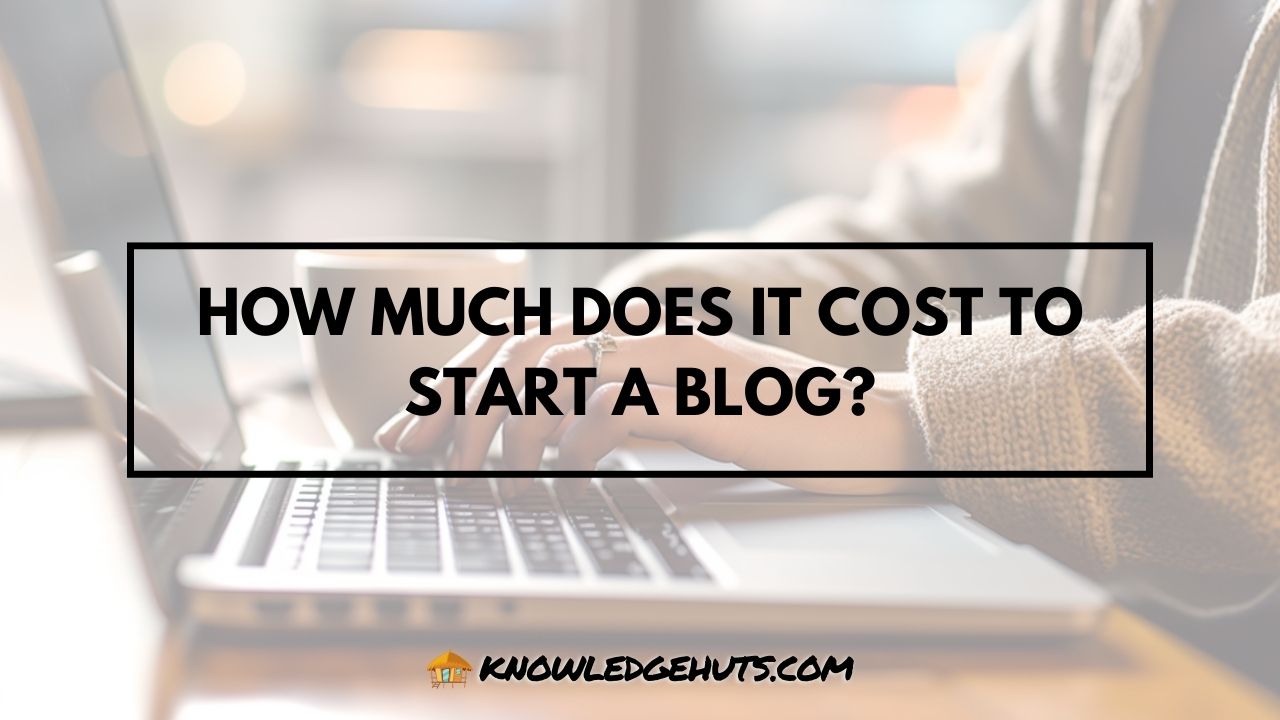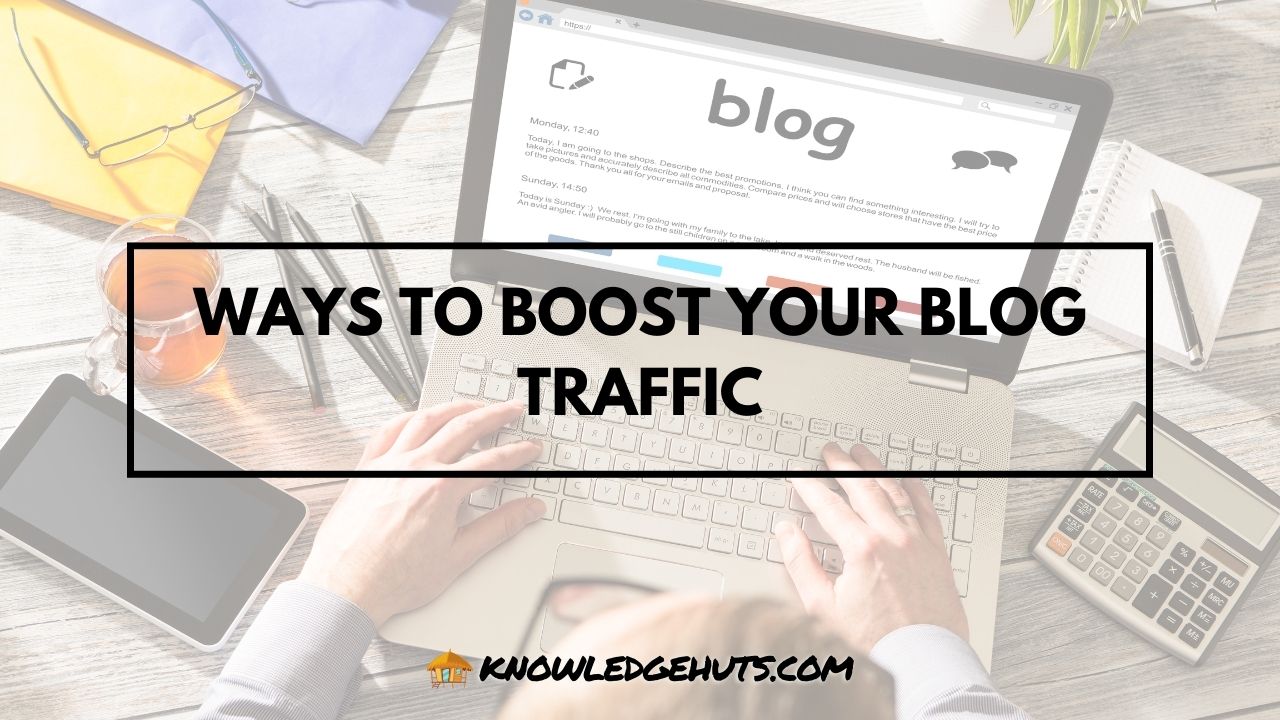Blogging has become increasingly popular in recent years, with many seeing it as a potential source of income. However, it’s important to recognize that starting a blog does come with certain costs. In this article, we will discuss the various expenses associated with starting a blog and give you a better understanding of how much it can cost to get your blog up and running.
Understanding the Costs
Before diving into the specifics, it’s important to understand that the costs of starting a blog can vary depending on individual needs and preferences. While some bloggers may prefer to invest more in certain aspects, others may choose to keep their costs low. Ultimately, the budget for starting a blog is flexible and can be adjusted according to your goals and financial situation.
That being said, here are some of the main expenses you need to consider when starting a blog:
Domain Name Registration
Choosing a good domain name is crucial for establishing your blog’s identity. It’s the web address that users will type in to access your site. Popular domain registrars like GoDaddy, Namecheap, and Bluehost offer domain registration services.
The average cost for domain registration ranges from $10 to $20 per year, depending on the domain extension (.com, .net, .org, etc.) and any additional services you may choose.
Web Hosting
Web hosting is necessary for storing your blog’s files and making it accessible to visitors. There are various hosting options available, including shared hosting, virtual private servers (VPS), and managed WordPress hosting.
Shared hosting is the most affordable option, with costs starting as low as $2 to $10 per month. VPS hosting, which offers more resources and flexibility, typically ranges from $20 to $100 per month. Managed WordPress hosting, aimed specifically at WordPress users, usually costs around $20 to $40 per month. For those seeking even more control and performance, consider a cheap dedicated server Netherlands, which can provide enhanced reliability and security at a cost-effective rate.
Content Management System (CMS)
A robust content management system (CMS) is vital for creating and managing your blog’s content. WordPress, Joomla, and Drupal are popular CMS options that provide different features and functionalities.
The average cost for a CMS can range from free for open-source solutions like WordPress to hundreds or even thousands of dollars for premium CMS options with advanced features.
Design and Theme
Having an attractive and functional design is crucial for creating a positive user experience on your blog. While most CMS options come with free themes, premium themes offer more customization options and advanced features.
Premium themes can cost anywhere from $30 to $100 or more, depending on the complexity and level of support provided.
Plugins and Add-ons
Plugins and add-ons can greatly enhance the functionality of your blog, allowing you to add features like contact forms, SEO optimization, social media integration, and more. Popular plugins may come with a one-time cost or require a subscription fee.
The average cost for plugins and add-ons can vary greatly, ranging from free to a few hundred dollars per year, depending on the complexity and popularity of the plugin.
Email Marketing Services

Building an email list is a valuable strategy for connecting with your blog’s audience and converting them into loyal readers or customers. Email marketing service providers like Mailchimp, ConvertKit, and AWeber offer various plans and pricing options.
The average cost for email marketing campaigns services is typically based on the size of your email list and can range from $10 to $300 or more per month.
Other Potential Costs
Aside from the main expenses mentioned above, there are other miscellaneous costs to consider as well. These may include:
- Content creation and outsourcing: If you choose to outsource and hire writers or designers to create content or graphics for your blog, this can involve additional costs.
- SEO tools and services: Investing in SEO tools or ATS hiring professionals to optimize your blog for search engines can help improve its visibility, but it can also come at an expense.
- Social media management tools: Using tools to schedule and automate social media posts can save you time, but some tools may require a subscription fee.
- Paid advertising and promotions: If you plan to run paid ads or promotions to drive traffic to your blog, you’ll need to budget for these expenses as well.

Conclusion
Starting a blog comes with various costs, but with careful budgeting and thoughtful prioritization, it can be an investment that pays off in the long run. By considering your goals and finances, you can create a budget that suits your needs and helps you achieve success in the blogging world. So, what are you waiting for? Take the first step, budget accordingly, and start your own blog today!
Wrap-Up
In this article, we discussed the costs associated with starting a blog and provided estimates for each expense. From domain name registration to web hosting, CMS options to design themes, plugins to email marketing services, and other potential costs, we covered the essentials for getting your blog off the ground.
Remember, starting a blog is an investment, and it’s important to budget your expenses wisely. By prioritizing your goals and understanding your financial situation, you can create a blog that not only aligns with your vision but also has the potential to generate income. So why not take the plunge and start your own blog today? You never know where it might lead you!








